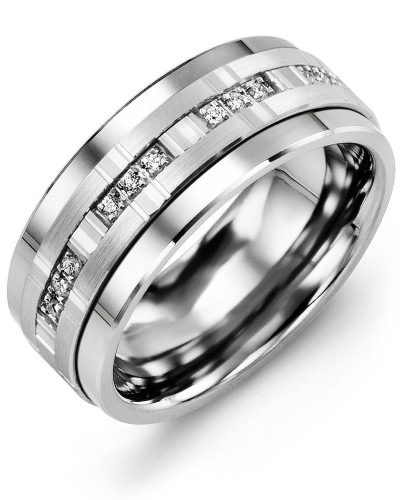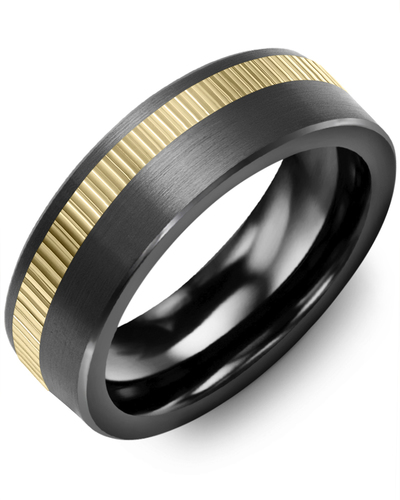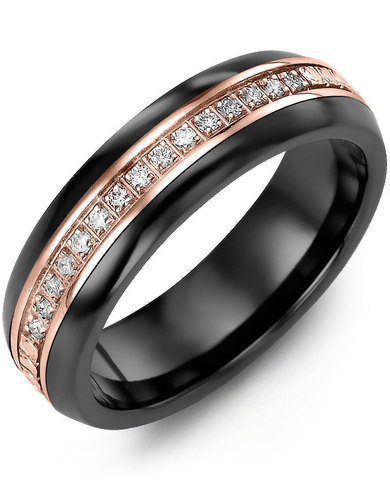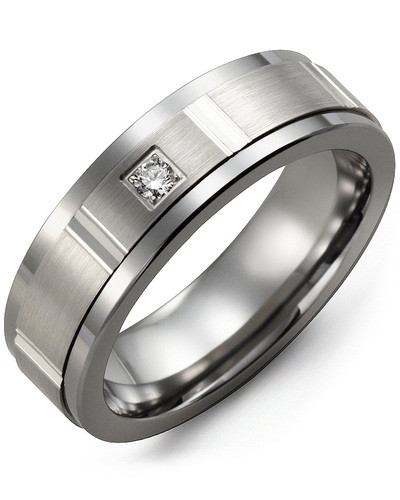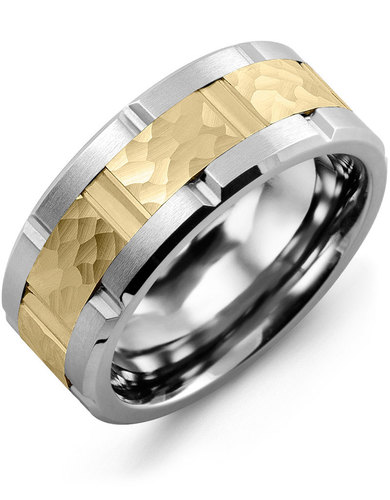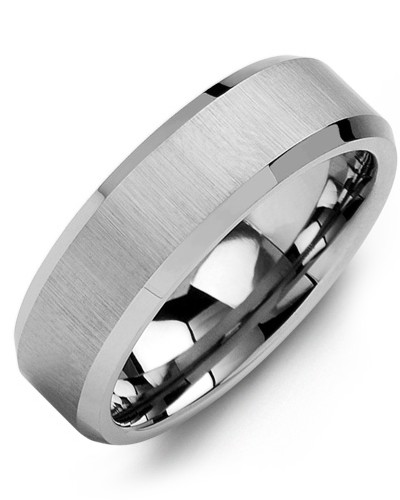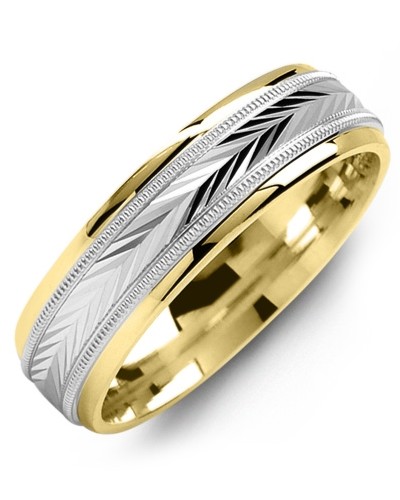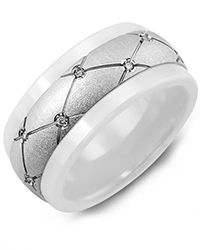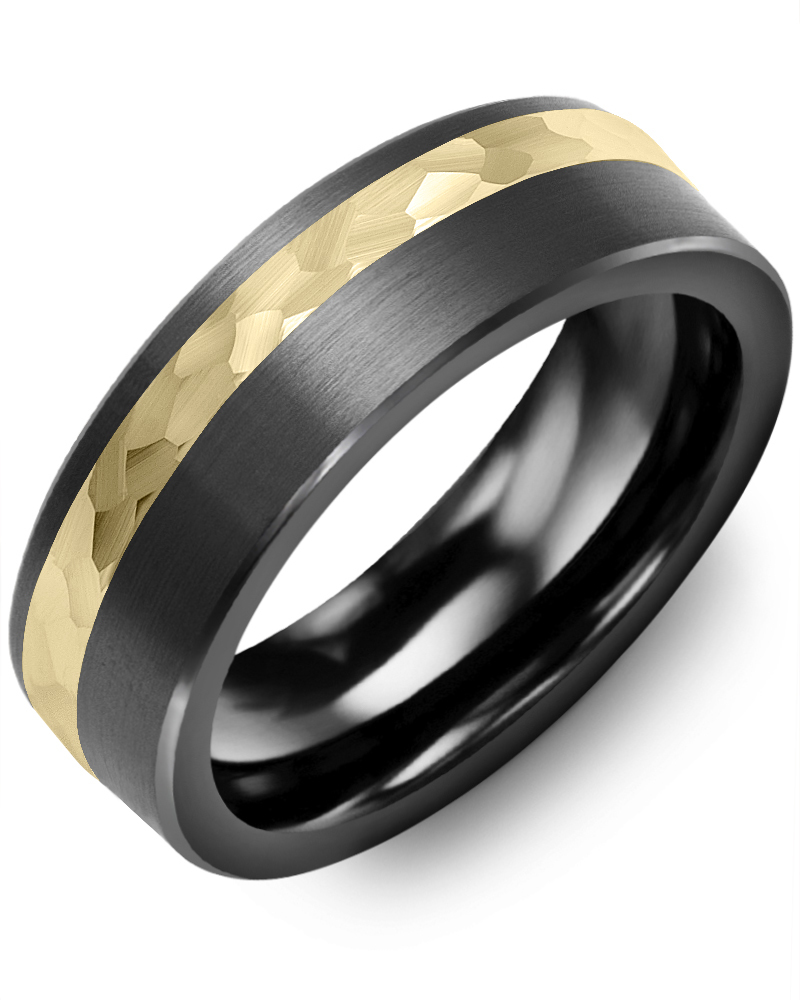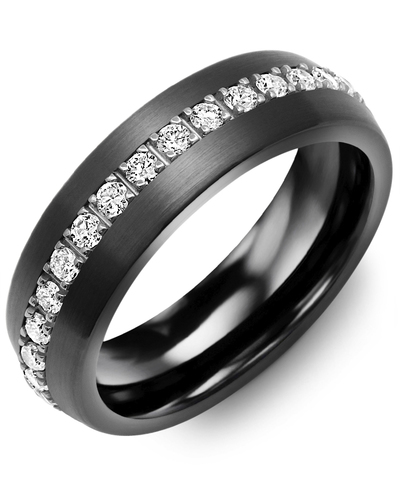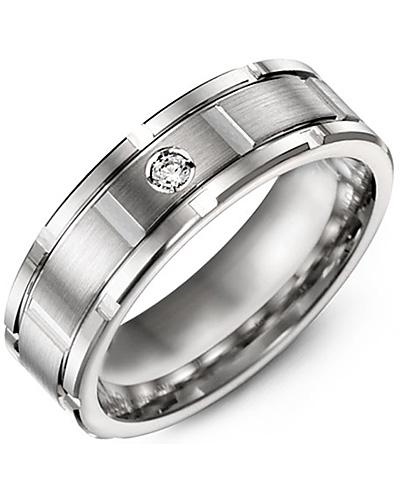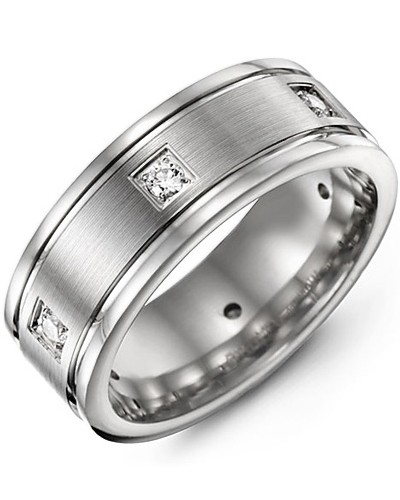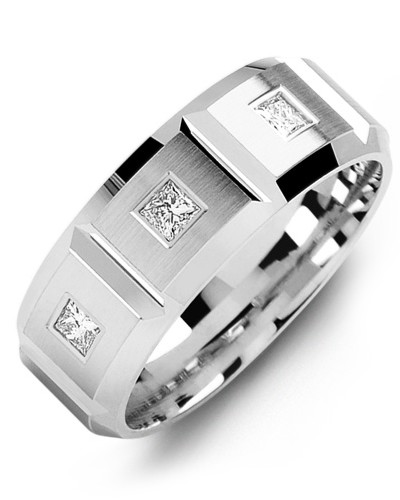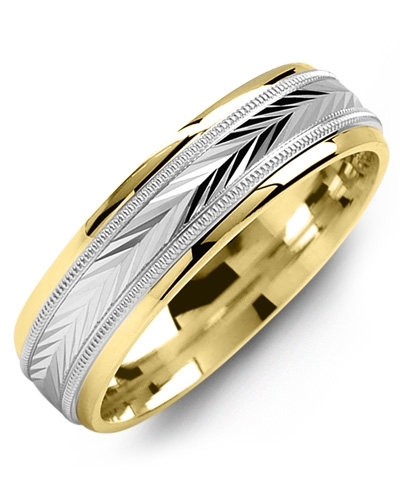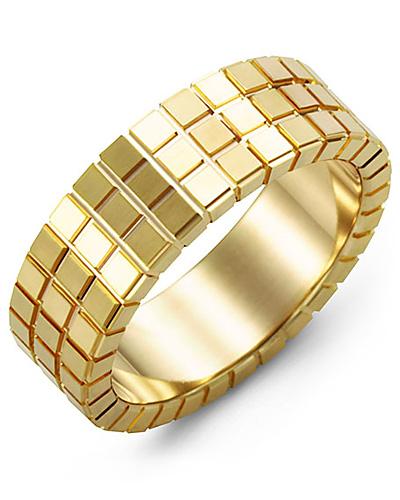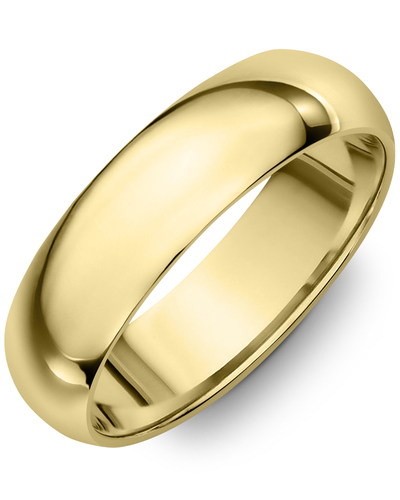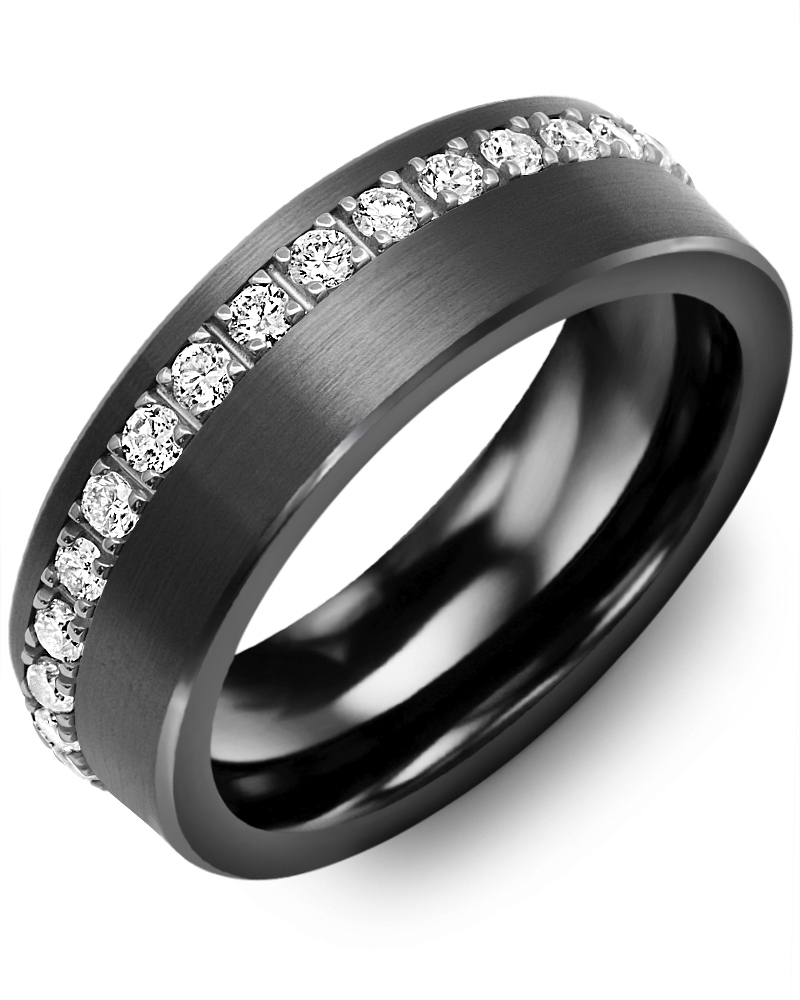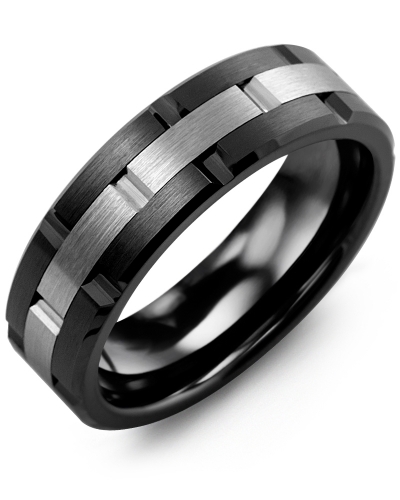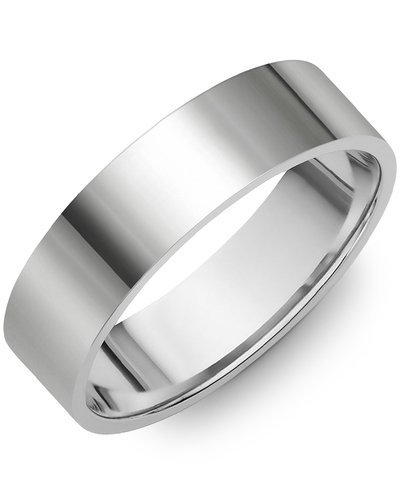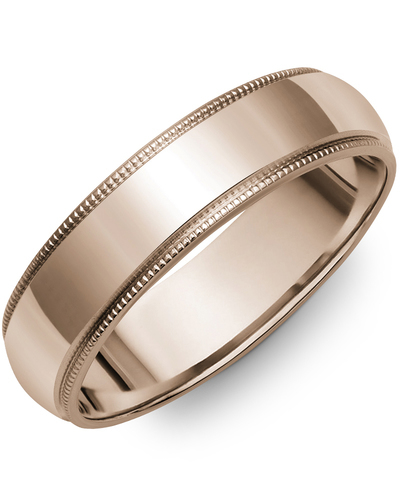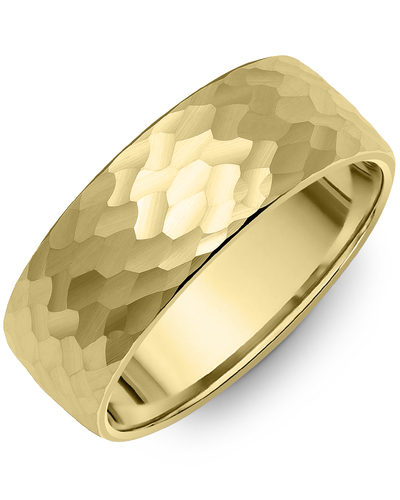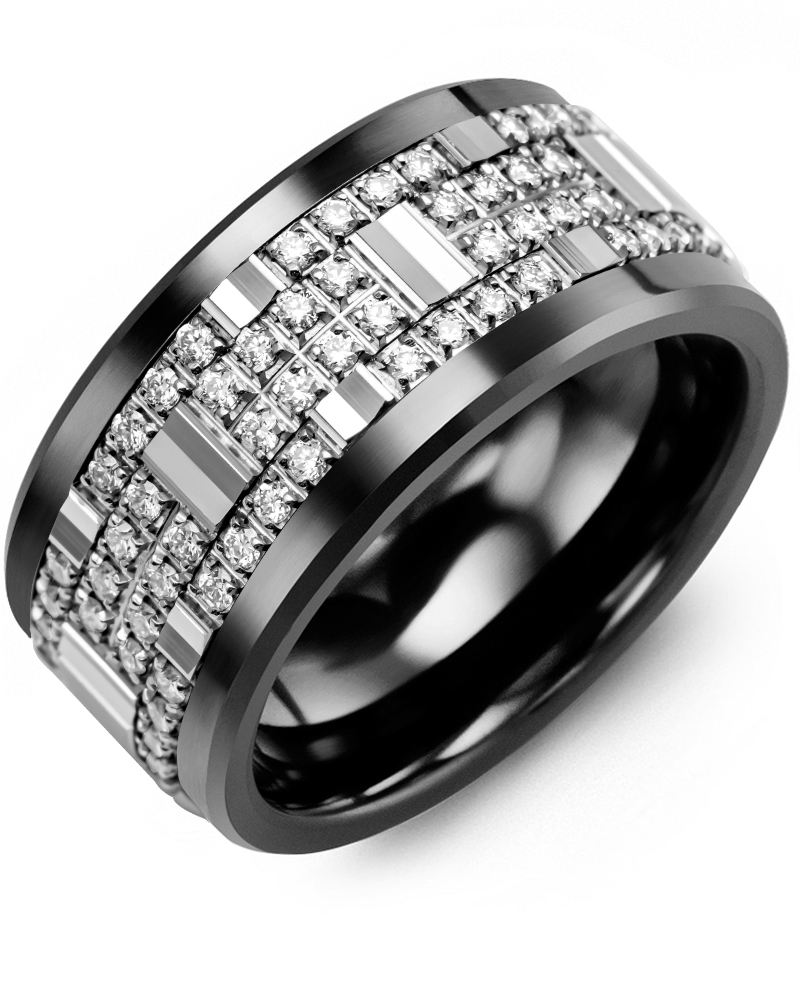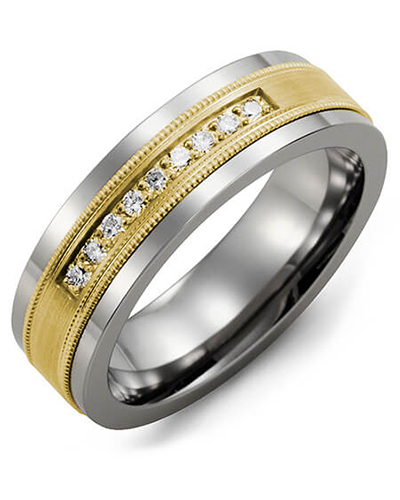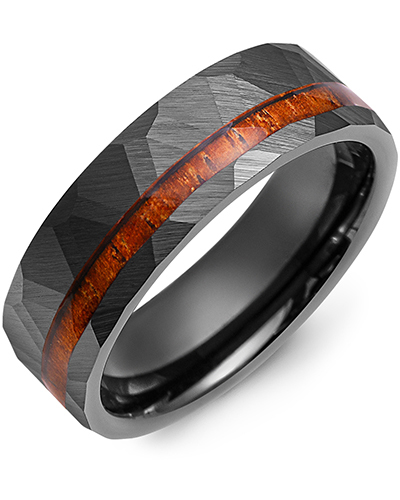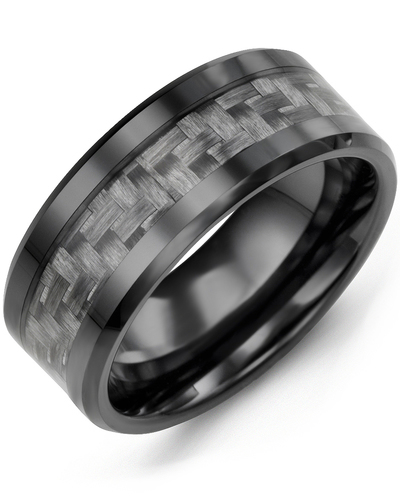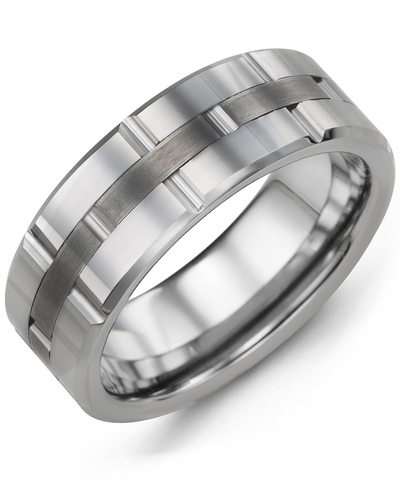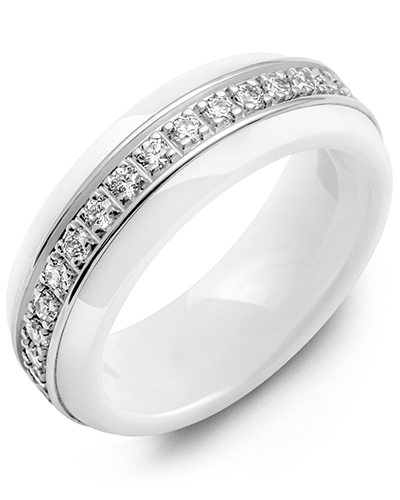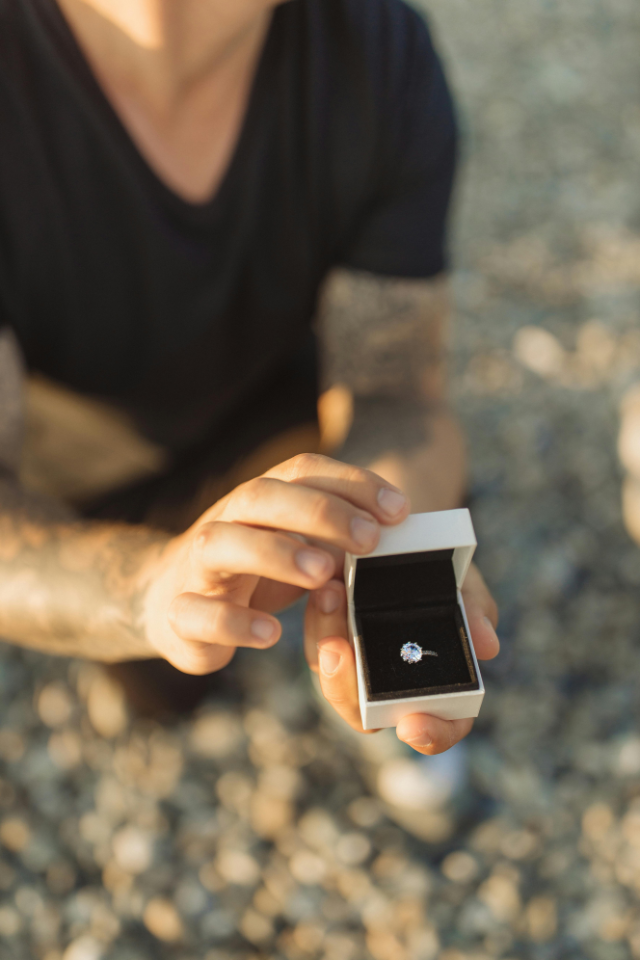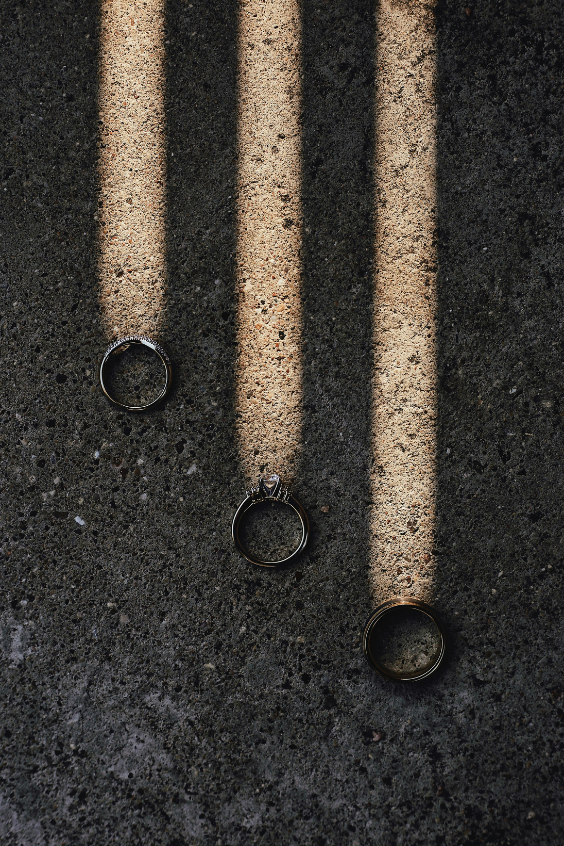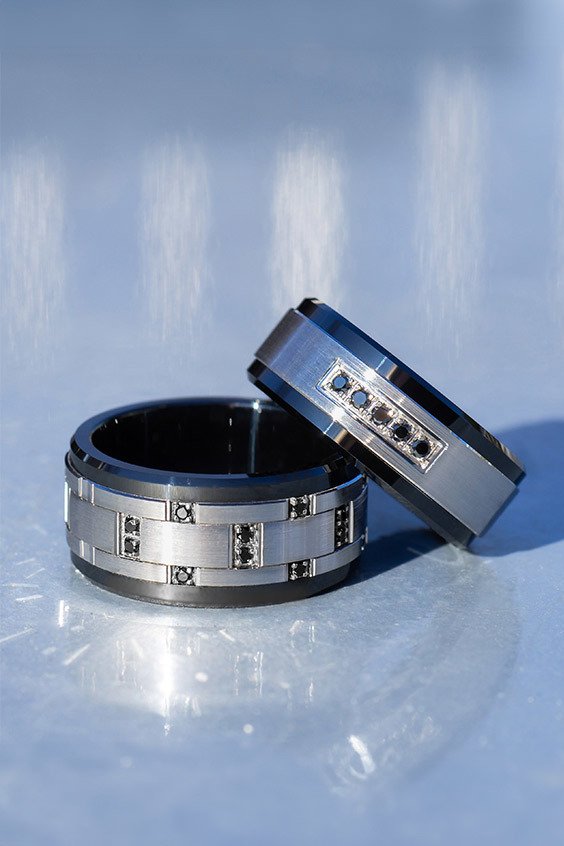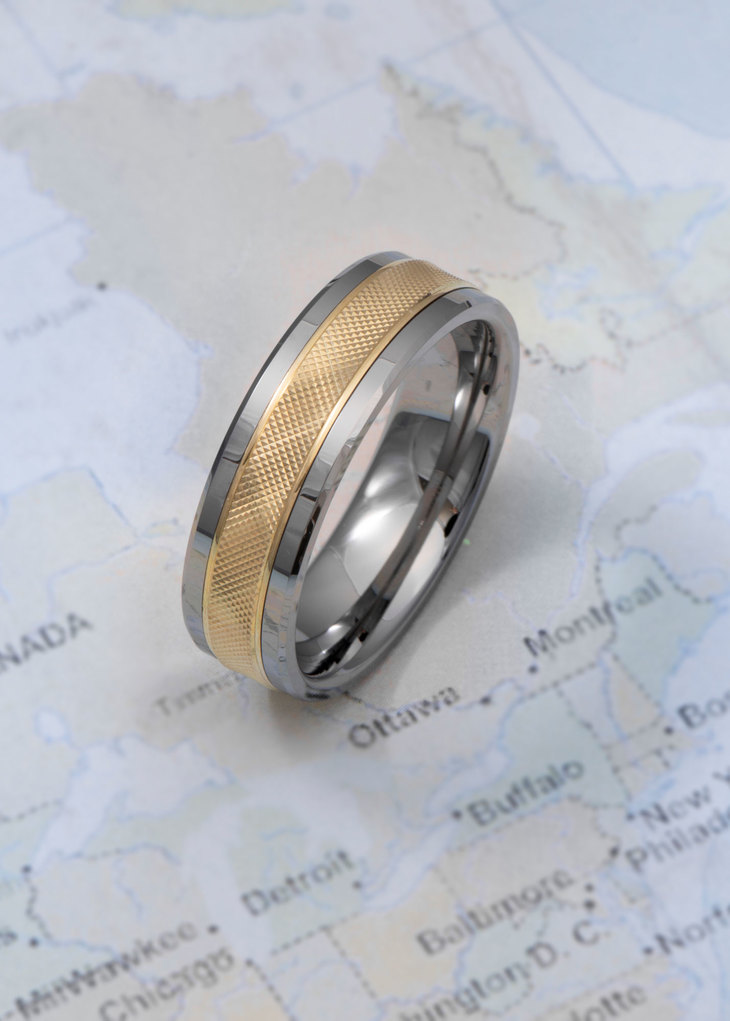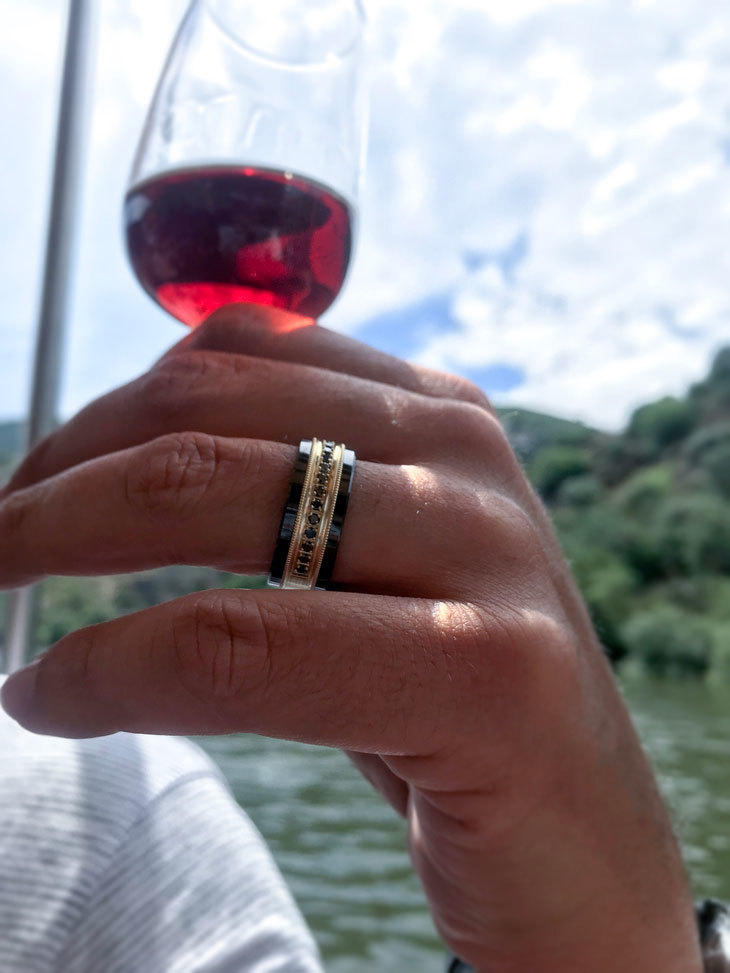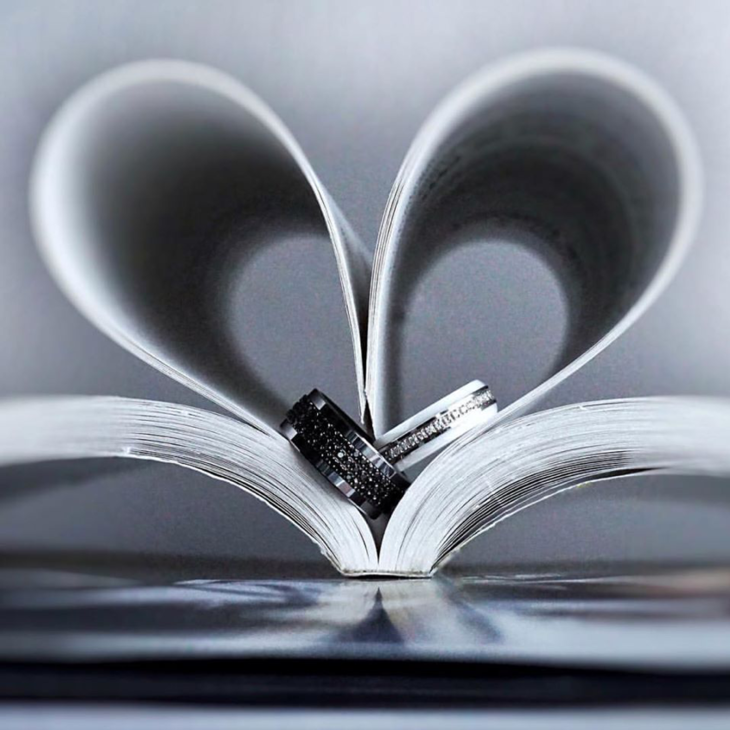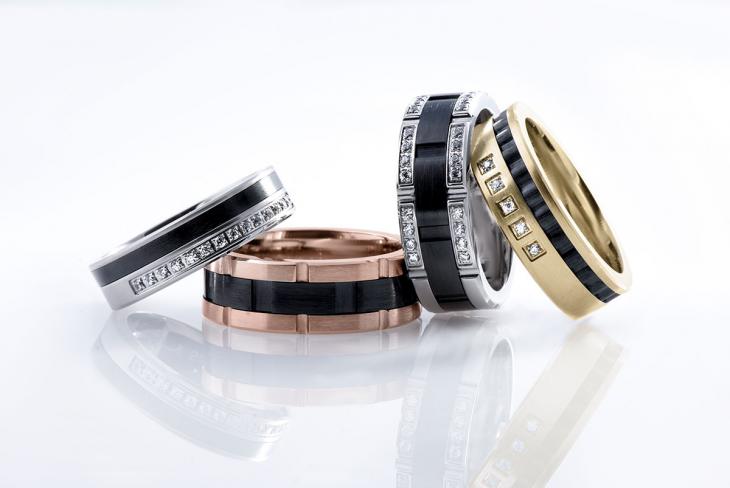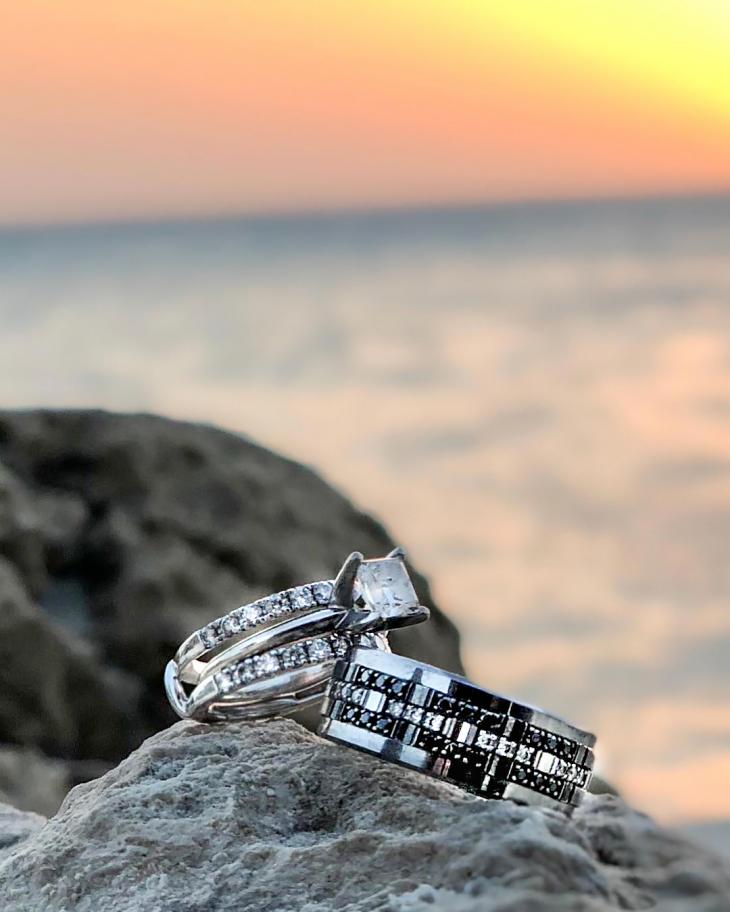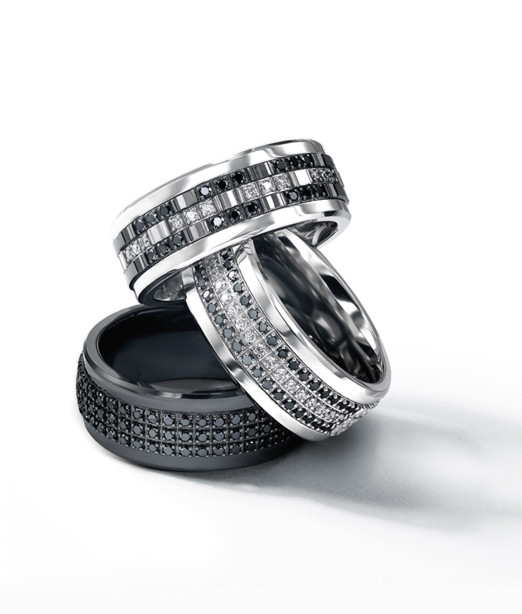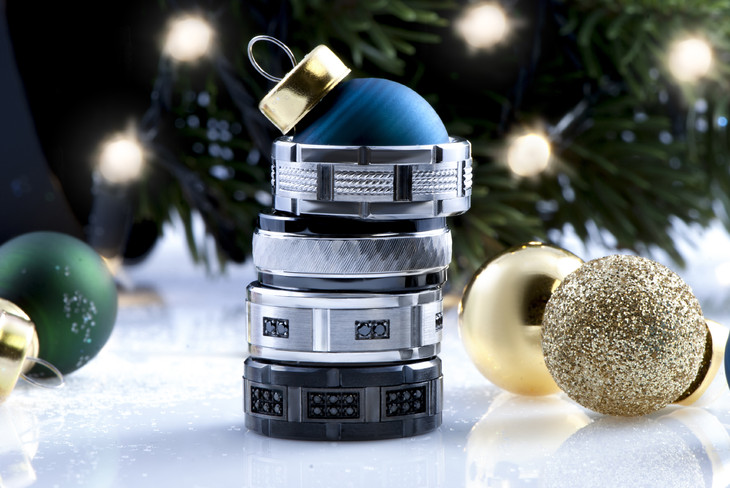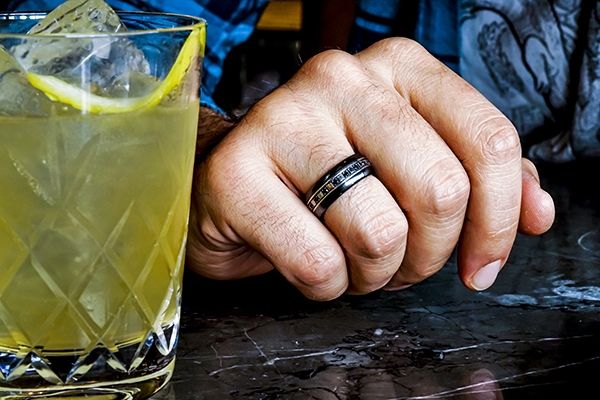If you find yourself spending hours on jewelry websites, searching for the perfect women’s and men’s wedding rings, it’s easy to lose track of the many different types you see. For instance, how many white gold men’s wedding rings have you looked at over days and weeks?
The massive variety of options on the market can make shopping for a groom and bride’s ring difficult, to say the least. However, one common element that you’ll come across is diamonds.
You’ll find wedding rings or bands with one, two, three, or more diamonds embedded in their surface in different patterns. Even a single diamond can transform the look and value of a ring.
But a common question we hear from people shopping for women’s and men’s wedding rings is: “mined or lab-grown diamonds — which should I buy?”.
That’s not an easy question to answer. Mined and lab-grown diamonds are different in various ways, but it’s not as if one is clearly superior to the other. Each type goes through its own fascinating creation process, but ultimately looks the same.
Join as we explore everything you need to know about mined and lab-grown diamonds below.
What are Mined Diamonds?
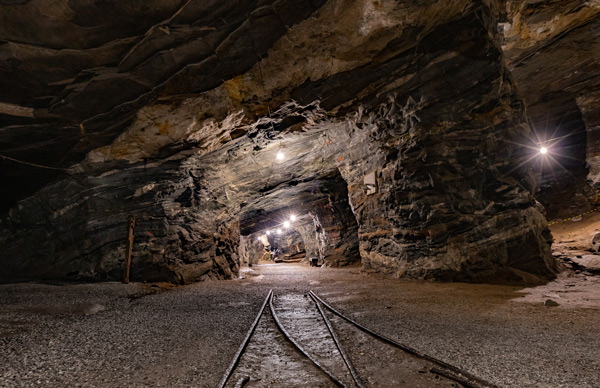
Mined diamonds, otherwise known as natural diamonds, are extracted from the Earth through laborious mining. They grow from countless carbon atoms around 100 miles beneath the Earth’s surface, birthed through exposure to high heat and deep pressure.
A rare type of volcanic eruption, a Kimberlite eruption, brings natural diamonds up from out of the Earth’s depths and nearer to the surface. As the magma gradually cools, it becomes so hard that it forms Kimberlite rocks (largely in vertical pipes). That allows miners to recover them through various processes (which we’ll cover below).
Most diamonds are believed to have developed over long periods of time. According to the Scientific American, scientists even found that some diamonds formed between 750 million and 2.6 billion years ago.
One of the most remarkable things about natural diamonds is that each one is unique. It’s incredible to think that of all the mined diamonds sold and worn across the globe, no two are identical.
How Do Companies Mine Natural Diamonds?
Companies can use a few different processes to mine diamonds. Their choice may depend on their location, local regulations, budget, and the technology available.
The different options include:
Open-Pit Mining
Teams using the open-pit mining method remove rock, sand, and earth to discover diamonds near the surface. This is a highly complex process involving heavy-duty drilling gear and explosives. Ore found in the pit is taken apart then crushed.
Underground Mining
This is the traditional form of diamond mining you may have seen in movies and television: miners digging through the Earth’s crust and navigating a series of carefully constructed tunnels. These can reach far into the Earth, and miners remove any ore they find for extraction.
Underwater Mining
Diamonds can be found in oceans around the world. Recovering it, though, involves massive freighters carrying heavy-duty crawlers that collect gravel across seabeds. Otherwise, freighters may use huge drills to extract diamonds instead.
How are Diamonds Extracted from Ore?
Any ore or gravel containing diamonds is transported to a crusher, which breaks bigger chunks down into smaller pieces. These are easier to manage in a reduced form, but they can be broken down further in a smaller crusher if necessary.
Next, the reduced ore is scrubbed vigorously to ensure that any remaining material is removed. It is then added to a solution containing water and ferrosilicon powder.
This solution, with the ore inside, is placed into a cyclone to be separated. The most dense materials drop to the cyclone’s bottom, where a diamond concentrate is created.
The resulting concentrate undergoes a series of scientific processes to distinguish rough diamonds from other dense materials found through the separation process. Those diamonds are cleaned, weighed, and transported to their next destination (usually to be distributed to companies).
What are Lab-Grown Diamonds?
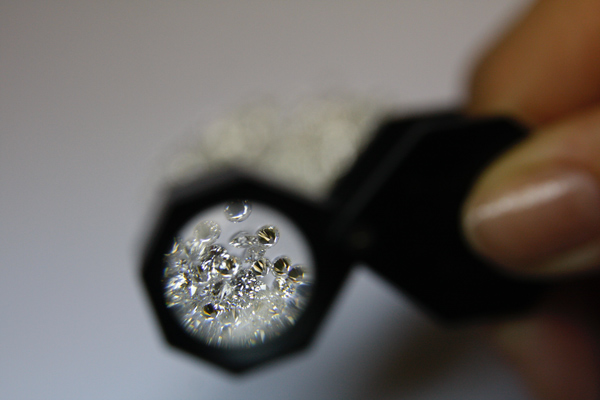
While some diamonds form naturally over long periods, others are grown in laboratories in carefully controlled conditions. Lab-grown diamonds are crafted from a synthetic material containing the same chemical makeup and fundamental structure as mined diamonds.
Teams may grow diamonds in a lab through two processes: High Pressure High Temperature and Chemical Vapor Deposition.
High Pressure High Temperature
The High Pressure High Temperature method was designed to emulate natural diamond formation. It applies intense temperatures and pressure to carbon, using a diamond seed (often graphite) inserted into a cutting-edge growth chamber.
According to the GIA, the temperature within the chamber increases to more than 1,300 degrees Celsius, and pressures of more than 850,000 pounds per square inch are applied to the seed. The carbon atoms attach to the seed, and the artificial diamond starts to develop.
Chemical Vapor Deposition
The Chemical Vapor Deposition process starts with diamond seeds inserted into a growth chamber. Gas carrying carbon is introduced to the chamber, which is heated to a temperature of up to 1,200 degrees Celsius.
For the next stage, a microwave beam separates the hydrocarbon molecules, and these move down to attach to the diamond seeds. The diamonds are taken out of the chamber regularly to extract non-diamond carbon.
Developing a batch of diamonds through this process can take up to four weeks. Eventually, diamonds are removed, cut, and polished into their final form.
So, can you instantly recognize a lab-grown diamond when it’s placed next to a mined diamond? No — they look and feel exactly the same to most people. If you didn’t know that they were created through totally different processes, you would have no way to tell.
However, the GIA lists a number of signs that a trained scientist may use to differentiate diamonds created through the High Pressure High Temperature process from those made with Chemical Vapor Deposition. These include even/uneven color distribution, strain patterns, and graining patterns. But to the untrained eye, there is no obvious way to tell them apart.
Are Lab-Grown Diamonds Considered Authentic?
Worried that a diamond in your favorite piece of jewelry is classed as fake because it was made in a lab instead of a mine?
Don’t be — lab-grown diamonds are still considered authentic diamonds. Yes, they haven’t gone through the same natural formation process as mined diamonds, but lab-grown diamonds still have the same properties.
A lab-grown diamond is just as strong and durable as a mined diamond. It will withstand the same knocks and impacts as a natural diamond. You can wear it proudly on your finger without worrying about it suddenly breaking in two or being ruined by a splash of water. Your lab-grown diamond is as tough as a natural one.
That should comfort you if you’re considering women’s or men’s wedding rings featuring lab-grown diamonds.
What are the Differences Between Mined Diamonds and Lab-Grown Diamonds?
The main difference between mined diamonds and lab-grown diamonds is cost. And that is often the deciding factor when shopping for women’s and men’s wedding rings. Picking a beautiful ring or band that you’re happy to wear daily is crucial, of course, but finding one at an affordable price is a priority for most couples.
You may not be able to tell the difference between mined and lab-grown diamonds, but the latter tends to be the most affordable type. That’s because diamonds grown in labs have a shorter supply chain: they don’t go through the complicated process that mined diamonds do. And those savings are passed on to you.
Mined diamonds are considered more valuable than lab-grown rings, though, as they have developed underground over centuries. Lab-grown diamonds are much less scarce than mined diamonds, and will always be more accessible and quicker to create.
Consumers who want to know they’re wearing a natural diamond will always pay more, but buyers who focus on the diamond’s beauty regardless of its origin can opt for the more cost-effective option instead.
Which Type Should You Choose for Women’s or Men’s Wedding Rings?
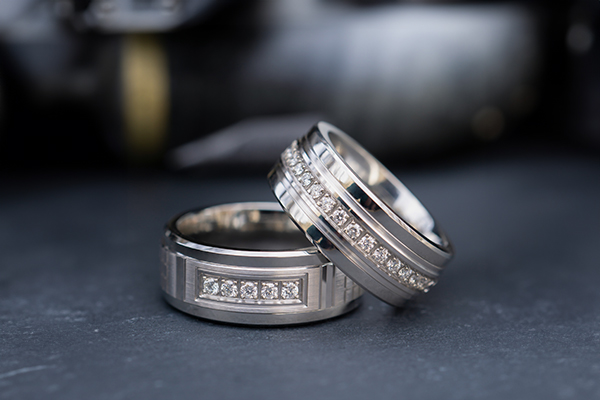
Now that we’ve explored the differences between mined diamonds and lab-grown diamonds, you know that the latter are more affordable than the former. If you don’t care where the diamond on your ring comes from or how it was created, you can focus on searching for a piece that feels authentic to you at a price within your budget.
It’s all down to personal taste and what you feel comfortable wearing every day for years. Whether you’re shopping for women’s or men’s wedding rings, though, you’ll find a fantastic set at Madani.
Madani is home to an exquisite collection of women’s and men’s wedding rings, crafted with unparalleled precision using state-of-the-art processes. Our stunning range includes silver, tungsten, gold, and cobalt rings, with diverse designs to suit broad tastes.
You can customize many of our rings with your choice of base metal, inlay metal, karat, width, and engraving. Browse our collection now to find the right women’s or men’s wedding rings for your nuptials.
